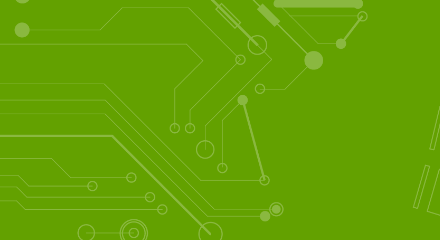


The National Institute of Standards and Technology developed NIST CSF (Critical Infrastructure Cybersecurity) as a flexible framework for organizations to create and maintain an effective IT security program. NIST 800-171 and NIST 800-53 provide security controls for implementing NIST CSF.
NIST was developed in collaboration with industry leaders and stakeholders in government, industry, and academia, and is underpinned by extensive and thorough research. In a recently released version 2.0 of its widely used Cybersecurity Framework, the key features of NIST CSF 2.0 include:
The SureShield platform simplifies NIST compliance by automating technical controls and guiding you through operational controls. SureShield’s automation will reduce your overall NIST compliance cost by up to 70% when compared to traditional, labor-intensive compliance methods. For organizations requiring compliance to multiple frameworks, crosswalk automation drives cost savings up toward 90%.


Easily adaptable. Can enhance an organization’s cybersecurity programs and risk management processes without overpowering them.

The framework is written in easy-to-understand language which facilitates communication among organizations, partners, and stakeholders.

Focus on all areas of cybersecurity awareness, including employee education.
NIST 800-53
NIST 800-53 helps federal agencies and the organizations doing business with them comply with the Federal Information Security Management Act (FISMA). Containing more than 900 requirements, NIST 800-53 is the most detailed cybersecurity framework available anywhere.
NIST 800-171
NIST 800-171 contains cybersecurity guidelines for the U.S. Department of Defense (DoD) and their contractors to help comply with the Defense Federal Acquisition Regulation Supplement (DFARS). All DoD contractors that process, store, or transmit Controlled Unclassified Information (CUI) must comply with DFARS and, therefore, NIST 800-171.
The 14 requirement ‘families’ of NIST 800-171:
Activate NIST framework
Install scanner for compliance evidence gathering
Review baseline evidence to score compliance control status
Close compliance gaps
Ongoing compliance and gap surveillance
Enforced maintenance of compliance readiness

Do you need help assessing your compliance readiness? Learn how our automated crosswalk technology will dramatically reduce your labor requirements. Schedule your free consulting session, up to 1 hour.